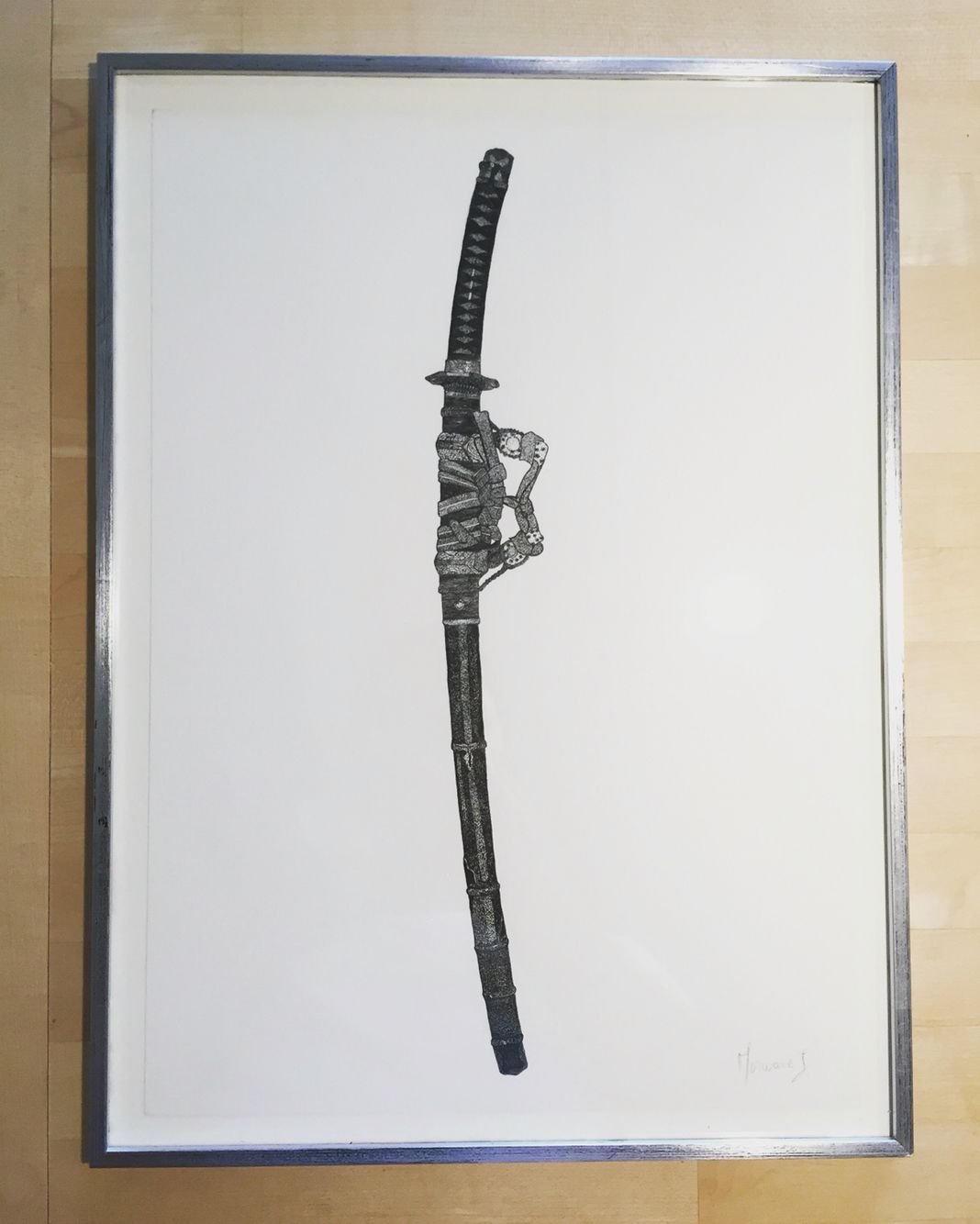
Wakizashi – Japanese companion sword, 1600-1650. A slight wriggle can scratch the cutting edge as it is delicate, despite being intended to cut through armour. Once the blade is firmly held in position, you slide it into the scabbard, aligning the curvature of the blade and case. First, the blade-tip is gently rested at the opening of the scabbard. The process of unsheathing a sword became easier gradually, but it was only half the battle won putting it back into the scabbard also has its intricacies. Even though the swords were no longer designed for battle, some blades were able to cut through seven bodies bundled together in a single blow! The swords were tested on corpses tied together to increase resistance to the cut. During the Edo period, 1600 – 1868, as the memory of actual conflict grew hazier, the design of swords straightened and narrowed towards the tip, reflecting the shape of the practice weapons.Īs fewer swords were used, swordsmiths took this opportunity to concentrate on the artistry and blade-appraisers to test the cutting efficiency. They were obliged to practice martial arts to maintain their skills during peacetime – and swords of wood or bamboo were used to practice. 265&A-1865 © Victoria and Albert Museumĭuring wartime, a samurai had a bow in one hand, a tachi suspended from the waist, and a koshigatana passed through the belt. The pairing of the swords, daisho, was formalised in the Edo period. Towards the second half of the 16th century, it was characteristic for the samurai to wear two swords – one long and one short. These swords usually fall into one of three classifications: tachi, suspended with cords with the sharp edge down, in use from the 8th century through to the early 16th century katana, the longer of the two swords carried through the belt, in use from the middle of the 16th century and the wakizashi, the shorter sword worn through the belt with the katana. As Bushidō – ‘The Way of the Warrior’ changed and developed, so did the design and purpose of the Japanese sword. They came to prominence through their military prowess – they were experts in archery, swordsmanship and horseback riding.

Gloved and ready, I gave the sword an initial tug and then went on to slide the sword out slowly and carefully as it rested along the back of the sheathing – I had drawn my first sword!ĭeeply embedded in Japanese politics, economics and culture, the samurai first appear in historical records in the 10th century.


If you pull in an uncontrolled way, you can cut someone. Whether drawing a tachi or a katana, the toughest part is the initial pull to extract sword collar, before drawing the entire length of the blade. These edged weapons are still sharp – and the long, slender and gleaming metallic blades can be fearsome. Training in the storesīefore we could get started, we spent a fascinating afternoon of Samurai stories and training with Gregory Irvine, senior curator, from the East Asian Department. In collaboration with the Studio Photography and Technical Services teams, over 2 months we audited, photographed and condition checked each of these bladed weapons individually at the collections store in Blythe House. The V&A has collected arms and armour as examples of ornamented design and metalworking techniques from 1857 – and we have over 200 Japanese swords in the collection.


 0 kommentar(er)
0 kommentar(er)
